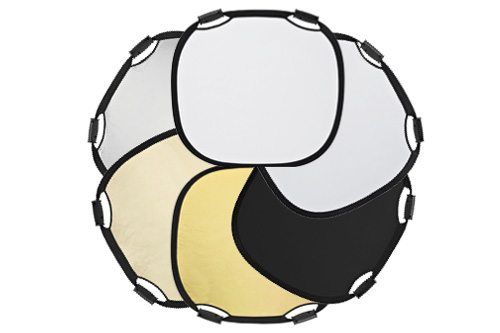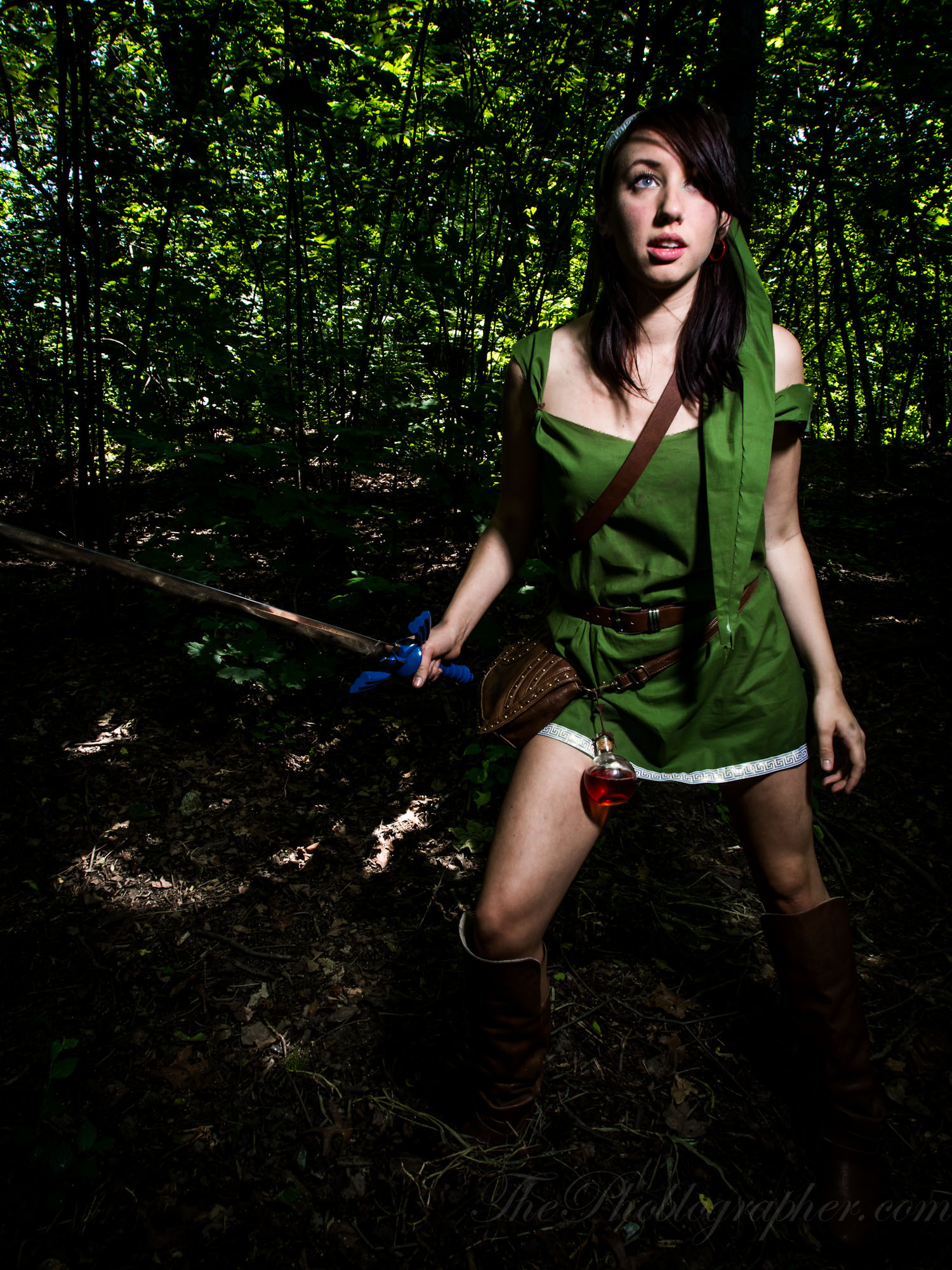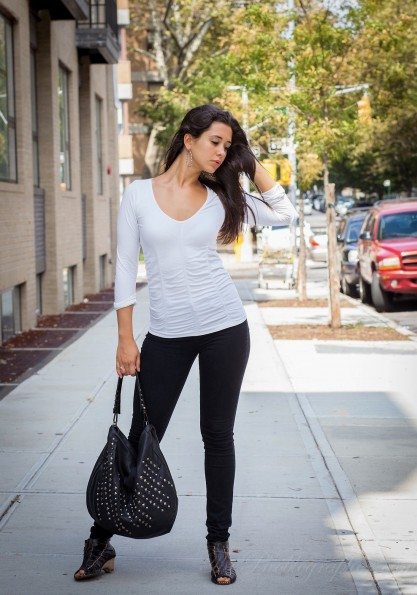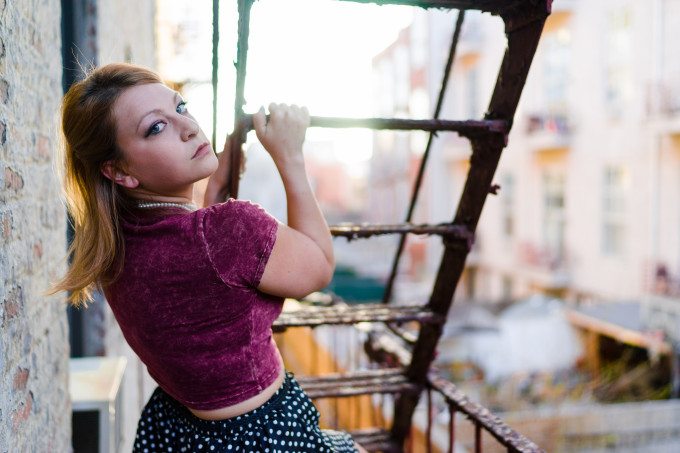Reflectors are by and large the most versatile tool that a photographer can have in their tool kit. These light modifiers have many uses in various situations and can make almost any photo look better. If you’re a landscape photographer, you probably don’t need one of these. Same with you being an event photographer. But if you’re a wedding photographer, portrait photographer, photojournalist, or a studio photographer of any sort then you should have a reflector in your tool kit. If you have a five-in-one reflector, you’ve got even more versatility.
Filling in Light
Reflectors, first and foremost are designed to, well, reflect light! Got some sunlight behind a subject? Place the reflector in front of them and you can fill in the shadows once your exposure is adjusted. This can help you get that beautiful shadowless look.
But it reflects more than just sunlight. The image above is from a shoot we did a while back where we bounced the light output from an Impact LiteTrek monolight onto the model. The monolight hit the reflector and the reflector bounced the light back onto the model to get this look.
In a controlled lighting situation like the one we were in, it gave us some beautiful light output.
Of all the ways that you can possibly use a reflector, using it to bounce the light output from a flash or a strobe is honestly our favorite and most effective way. So if you’re using a hot shoe flash and want to make the output look better, bounce it off of a reflector which can act just like the walls and ceiling that you use otherwise.
Diffusing Light
Not only can reflectors bounce light into a scene, but they can also diffuse it. If you’re shooting in a scene with lots of natural sunlight, placing a translucent reflector in between your subject and the sun can soften the light that the giant star is outputting and make the subject look much more pleasing.
Like with all light modifiers, we recommend that you go big here. The larger the light modifier is in relation to the subject, the softer the light will be. In that case, go with a larger reflector.
But besides the sun, these can also diffuse flashes and monolights, but be careful about placement. We recommend setting a hot shoe flash head to wide and backing it away from the reflector a bit lest you otherwise create a hot spot that puts too much light towards the center and not evenly.
Think of the reflector as the diffusion panel of a softbox.
Changing the Color of the Light
Aside from reflecting and diffusing light, they can also change its color. There are many different types of reflectors:
– White will take the existing light, neutralize it and bounce it
– Black will block it
– Gold will make the light color golden and warmer
– Soft gold will do the same thing as gold but toned down
– Silver will act pretty much like a mirror in terms of reflections
Different colors also have different effects on the image depending on how specular they are. By that, we mean how reflective, in layman’s terms at least.
Bringing Out Details
Specularity is also a great reason to use a reflector as both silver and gold tend to add extra punch to the light that also therefore works well to bring out extra details in the image. Silver and gold can make a sharp lens look even sharper by adding light to the right areas and bringing out details that the lens and camera couldn’t see otherwise.





